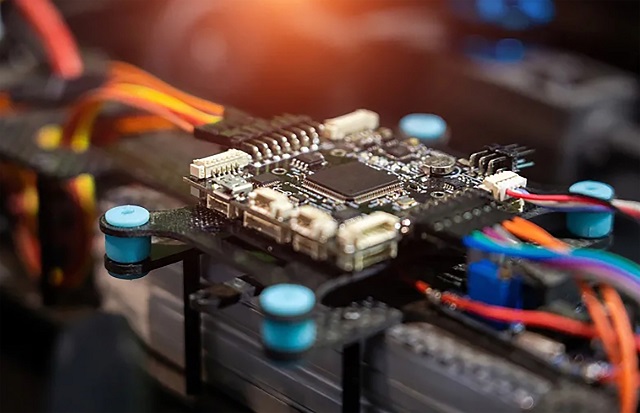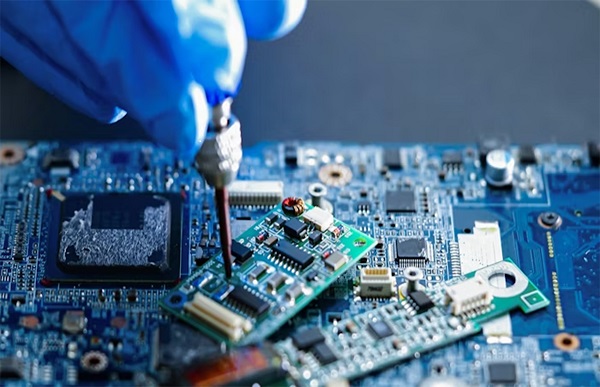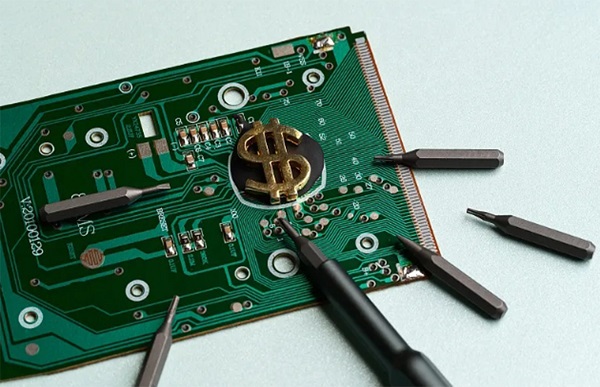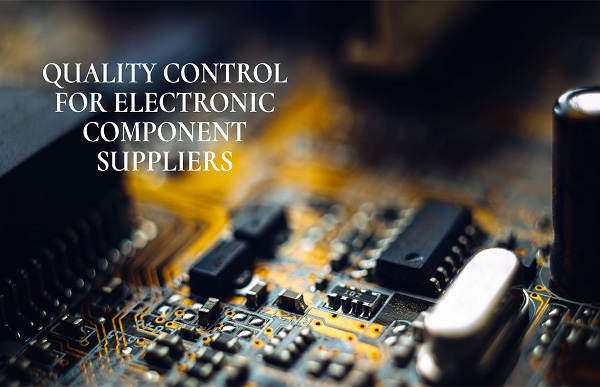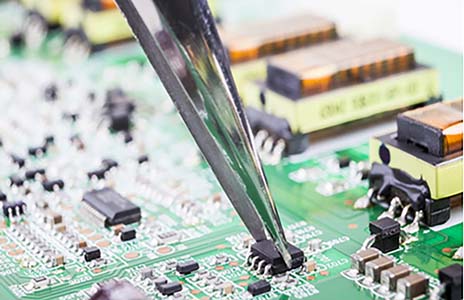In today’s fast-paced electronics industry, the demand for reliable and high performing components has never been higher. With increasing supply chain disruptions and ongoing chip shortages, the market has become a breeding ground for counterfeit and substandard components. These issues underscore the importance of stringent quality control inspections for electronic components, ensuring that products meet rigorous standards and operate as intended in critical applications.
The Growing Challenge of Counterfeit and Substandard Components
Counterfeit components have proliferated in the global market, with fraudulent parts often marked to appear as genuine, high-quality products. These components not only fail to meet required performance standards but can also cause significant failures in electronic systems. Substandard parts, whether due to manufacturing defects or material quality issues, can lead to malfunctions, reduced product lifespan, and even safety hazards in applications such as medical devices, aerospace systems, and automotive electronics.
The risks associated with counterfeit and substandard components are further magnified by the current global semiconductor shortage. Many businesses, under pressure to meet production deadlines, may unknowingly procure faulty or counterfeit parts, jeopardizing the reliability of their end products. For original equipment manufacturers (OEMs), even a single defective microchip can result in costly recalls, reputational damage, and loss of consumer trust.
Ensuring Reliability Through Comprehensive Testing
Quality control inspections play a pivotal role in mitigating these risks by verifying the authenticity, functionality, and compliance of electronic components. Comprehensive testing processes are designed to identify defects, ensure consistency, and validate that each component adheres to the specified performance parameters. These inspections typically involve:
Visual Inspections: Detecting physical defects, such as cracks, discoloration, or improper labeling, that may indicate counterfeit or damaged parts.
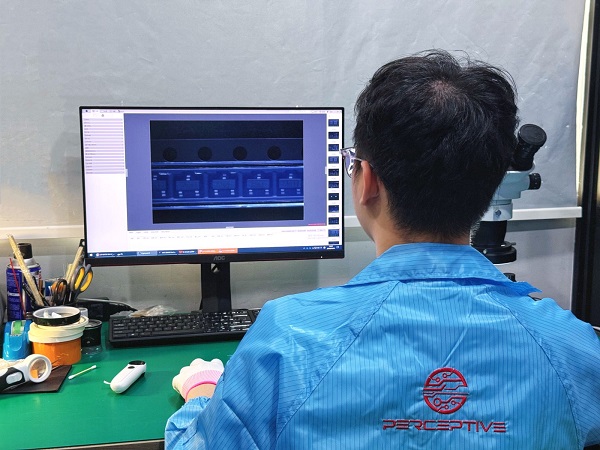
Functional Testing: Evaluating electrical performance to ensure components operate as intended under various conditions.
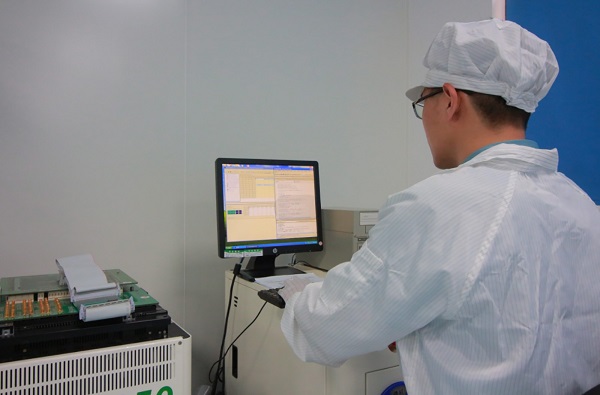
X-ray Inspection: Providing detailed internal views of components to detect hidden defects, such as voids, solder joint issues, or internal misalignments, which are critical for ensuring structural and operational integrity.

By implementing these testing methodologies, manufacturers can significantly reduce the risk of defective components entering their supply chains.
The Role of Advanced Technology in Quality Control
As technology advances, so do the tools and techniques for quality control. Automated optical inspection (AOI) systems, X-ray Inspection, and scanning electron microscopy (SEM) are increasingly employed to detect minute flaws that might be overlooked by manual inspections. Machine learning algorithms and artificial intelligence (AI) are also being integrated into quality control processes to identify patterns and anomalies in real-time, enhancing the precision and efficiency of inspections.
Additionally, traceability systems play a vital role in ensuring the authenticity of components. By using serialization, barcodes, and blockchain technology, manufacturers can track each component’s origin and verify its legitimacy throughout the supply chain.
The Broader Benefits of Rigorous Quality Control
Beyond preventing failures and ensuring compliance, quality control inspections deliver several long-term benefits:
Enhanced Product Reliability: High-quality components lead to more reliable end products, reducing warranty claims and customer dissatisfaction.
Cost Savings: Identifying defects early in the supply chain minimizes rework, scrap, and costly product recalls.
Regulatory Compliance: Meeting industry standards and regulations is essential, especially in sectors like healthcare and defense, where safety and reliability are critical.
Improved Brand Reputation: A commitment to quality reinforces customer trust and positions the company as a reliable partner in the market.
Conclusion
In the electronics industry, where performance and reliability are paramount, quality control inspections are not optional but essential. They safeguard the integrity of the supply chain, protect end-users, and support manufacturers in delivering products that meet and exceed expectations. As the demand for electronic components continues to grow, investing in advanced quality control processes will remain a cornerstone of success and sustainability for businesses worldwide.
If you have a need for electronic components, feel free to contact Perceptive, while we will inspect and provide test reports.




















